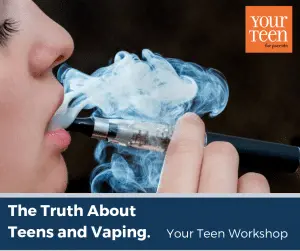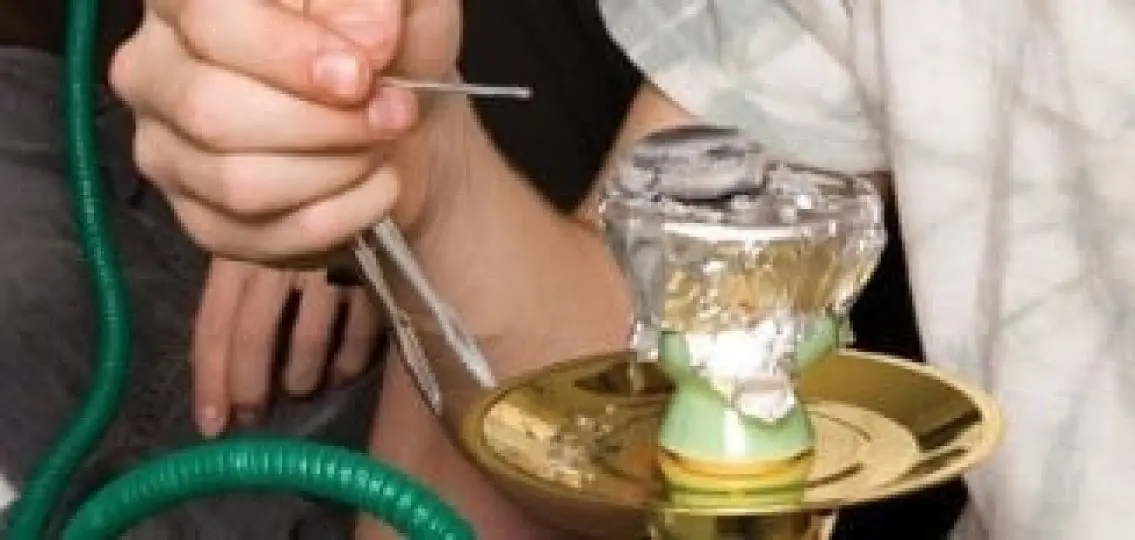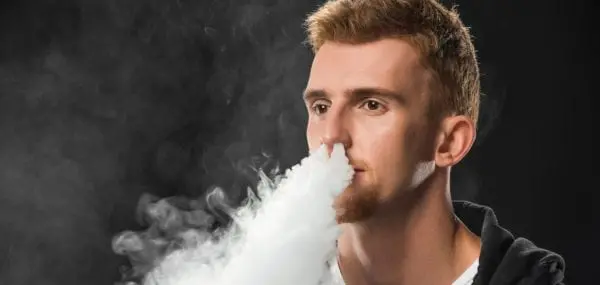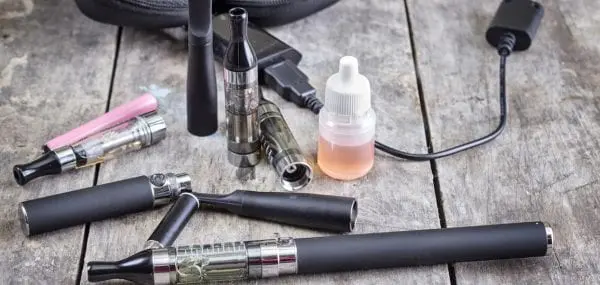Teen Tobacco Use Today
Nick started dipping as a sophomore in high school because many of his lacrosse teammates were. “It was the cool thing to do,” and chew helped him to relieve stress and relax. He began, however, to notice a pattern: after chewing, he felt groggy and lethargic. It took six long weeks of cravings, fidgets and irritability to quit. If he had known how hard it would be to quit, Nick says he never would have started.
Teens using tobacco is nothing new—smoking is pop culture’s iconic form of teen rebellion (think James Dean, Motley Crue’s “Smokin’ in the Boys Room,” any paparazzi photo of Miley Cyrus). But, the trend is on the downswing—fewer American teens are smoking cigarettes, due to the smoking prevention and education programs of the late 1990’s. Teens know both the short-term and long-term side effects of smoking: coughing spells, shortness of breath, wheezing, respiratory illnesses, reduced physical fitness and addiction to nicotine.
According to a 2012 Centers for Disease Control and Prevention survey, 14 percent of high school students reported smoking cigarettes, down dramatically from 36 percent in 1997, when smoking rates peaked. And, fewer teen smokers means fewer future adult smokers.
Anti Teen Smoking: Slowing The Rate Of Teen Smokers
“Ninety percent of adult smokers started smoking before they were 18. Very few adult smokers start after then,” says Bill Blatt, Director of Tobacco Programs at the American Lung Association.
The good news? If you can keep your teens from smoking until age 18, then most will never start.
The bad news? The decline in the rate of teen smokers is slowing. Federal and state funding of tobacco education programs has dropped significantly. And while they know that cigarettes pose health risks, teens are increasingly replacing cigarettes with alternate forms of tobacco. Many of these products are unregulated and seem to market young people.
Some unregulated products favored by teens using tobacco include flavored cigars, chaw, dissolvable strips, orbs (pellets like Tic Tacs that contain tobacco and nicotine and dissolve in the mouth), snus (a form of flavored loose snuff sold in a pouch) and kreteks (a form of clove cigarette).
“Teens commonly use these products when they can’t smoke a cigarette because of school or sports. Also, these alternatives are discreet and easy to use without your parents or teachers knowing,” Blatt says. “Our major concern is the degree to which the tobacco industry, which is seeing fewer new smokers, is purposefully marketing these other products to teens.”
The Dangers Of New Tobacco Trends
Hookah pipes are increasingly popular for teens using tobacco. In a hookah pipe, flavored tobacco is inhaled through a long hose passed around by multiple people. Though marketed to young adults as a fun, social, and safe way to smoke tobacco, hookahs pose all the same risks of cigarettes and more.
“The amount of tobacco used over the two to three hours that you sit around and smoke a hookah with your friends is equivalent to smoking an entire pack of cigarettes in one sitting,” Blatt says.

“We just don’t know anything about the safety or long-term effects of e-cigarettes,” Stein says. “There are over 250 brands on the market, each with unique ingredients, and there is so little regulation that we have no idea what these e-cigarettes contain.”
Although the FDA announced in April that it will develop regulations for e-cigarettes, it will be at least a year before they take effect.
In the meantime, Stein advises parents to be very cautious about e-cigarettes and skeptical of their claims to be “cleaner, safer or effective for smoking cessation efforts,” Stein remarks. “Make sure your teen understands that exposure to nicotine has the potential to develop into nicotine addiction, which is among the most difficult addictions to overcome.”




